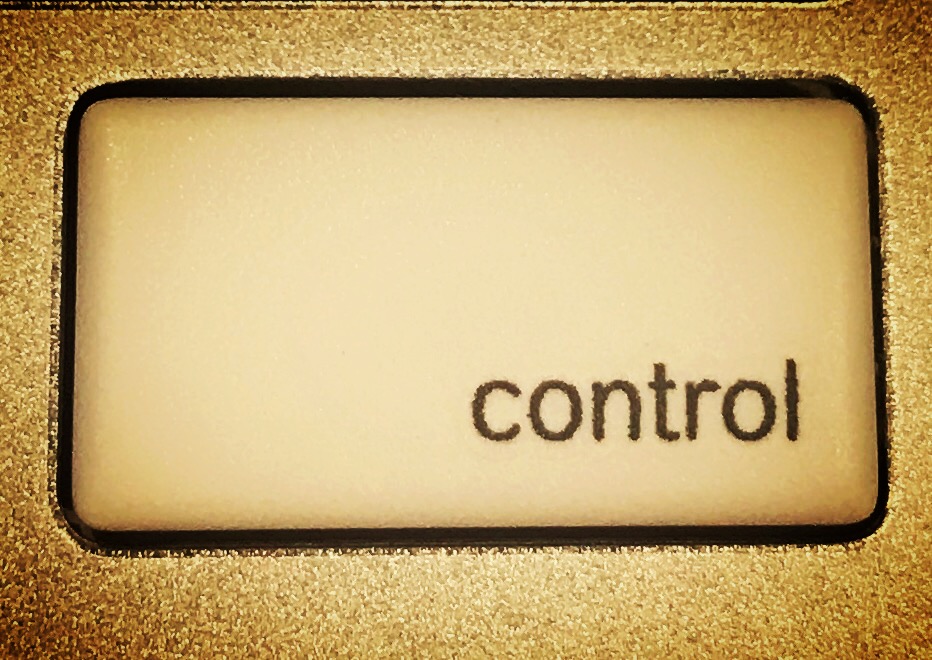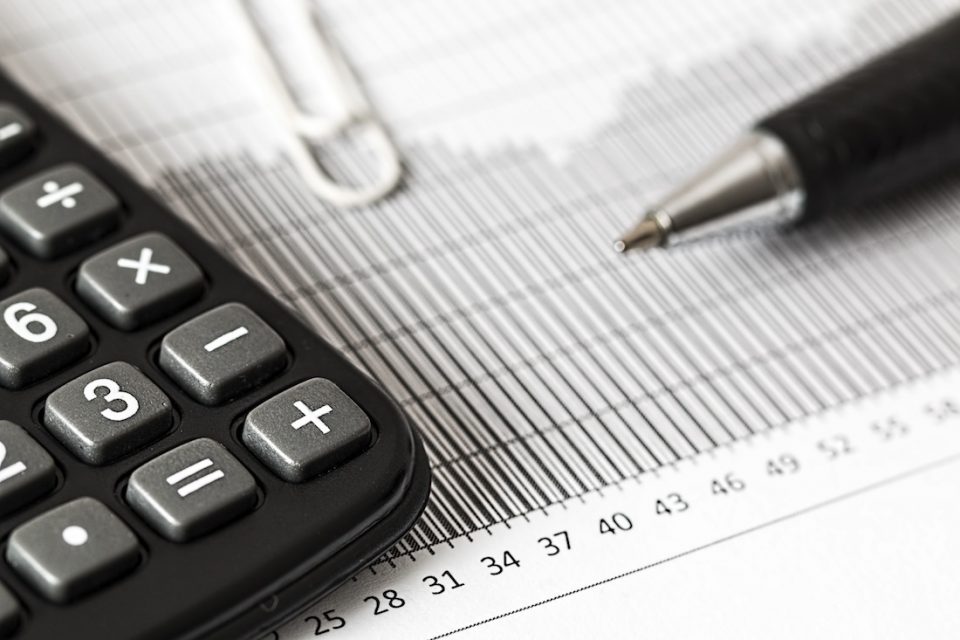
How a True Wealth Manager Views Your Life
May 25, 2017
Human versus Robo Advisor
June 15, 20175 Steps to Set Up a Successful Personal Budget

Did you know that two out of three Americans go through life without a budget? That equals out to about 70% of Americans living without a detailed plan that allocates what they should be spending and saving. We’ve all heard just how important budgets are to keep your finances on track, yet the vast majority of the country’s citizens continue to live without one.
Why is that?
For many, the word budget conjures up images of frugality they aren’t willing to partake in—people see it as more of a restraint than a liberating element to their life. That couldn’t be further from the truth. Once you’re in control of where your money goes, then you know how you want to spend it. Here are five steps to transform your financial life by simply setting up a successful personal budget.
5 Steps for Setting Up a Successful Personal Budget
1. Identify your income
The best way to do that is to look at what is deposited into your bank. You will see your net income or the amount you received after deduction such as taxes, health insurance, and 401k deductions. This keeps you from basing things off a salary or gross income, which includes money you won’t be able to allocate to other areas.
2. Track your expenses
You can do this in a number of different ways. I’m a modern guy, so I like financial apps, like Acorns. There are a number of different apps out there to fit your budgeting needs. I’ve got clients that do it old school—simply use a pen and paper. You may have an Excel spreadsheet that helps you keep tabs on what’s going out. Whatever works for you, use it—because you want to track your expenses.
3. Separate variable and fixed expenses
For starters, you need to know the difference between the two. So, what’s a fixed expense? Those are things like your mortgage, electric bill, car payment, etc. The expenses you have no control over—they don’t move a great deal on a month-to-month basis—they’re steady payments you’re going to make consistently. Meanwhile, variable expenses are costs we have control over like grocery bills or purchases for a favorite hobby of yours. The key is to determine which of these two categories any expense falls into.
4. Find ways to save on variable expenses
Basically put, where can I cut? Let’s look at an easy example, food. Perhaps you start shopping at a store that’s less expensive (i.e. Aldi vs Publix) or maybe you start couponing to help cut costs. Another area in the variable expenses that you may be able to find a surplus, cable tv. Maybe you decide to cut the cord and go to a Netflix-style programming for your entertainment needs. There are always areas we can trim to bring our budget in line.
5. Monitor and review your budget
You can’t just set it back and forget about it. Remember the squeaky wheel gets the grease. So, if you stay on top of your budget by monitoring and reviewing it regularly then you’ll easily identify where those savings are and undoubtedly meet your goals.
Getting the hang of budgeting may take you some time, but if you stick with it you’ll see life-changing results that will guide you to a better future. And if you have questions or want to build a custom plan for your life, reach out to us.
Here at Financially Simple™ we want to help you make informed financial decisions for your small business with confidence. In doing so, we might recommend products and services that offer us compensation when you use them. This compensation is used to help offset the cost of creating the content we give to you for free. We will, however, never suggest products/services solely for the compensation received. As stated before, our goal is to make understanding money for the business owner, his family, and anyone visiting this website—financially simple.




